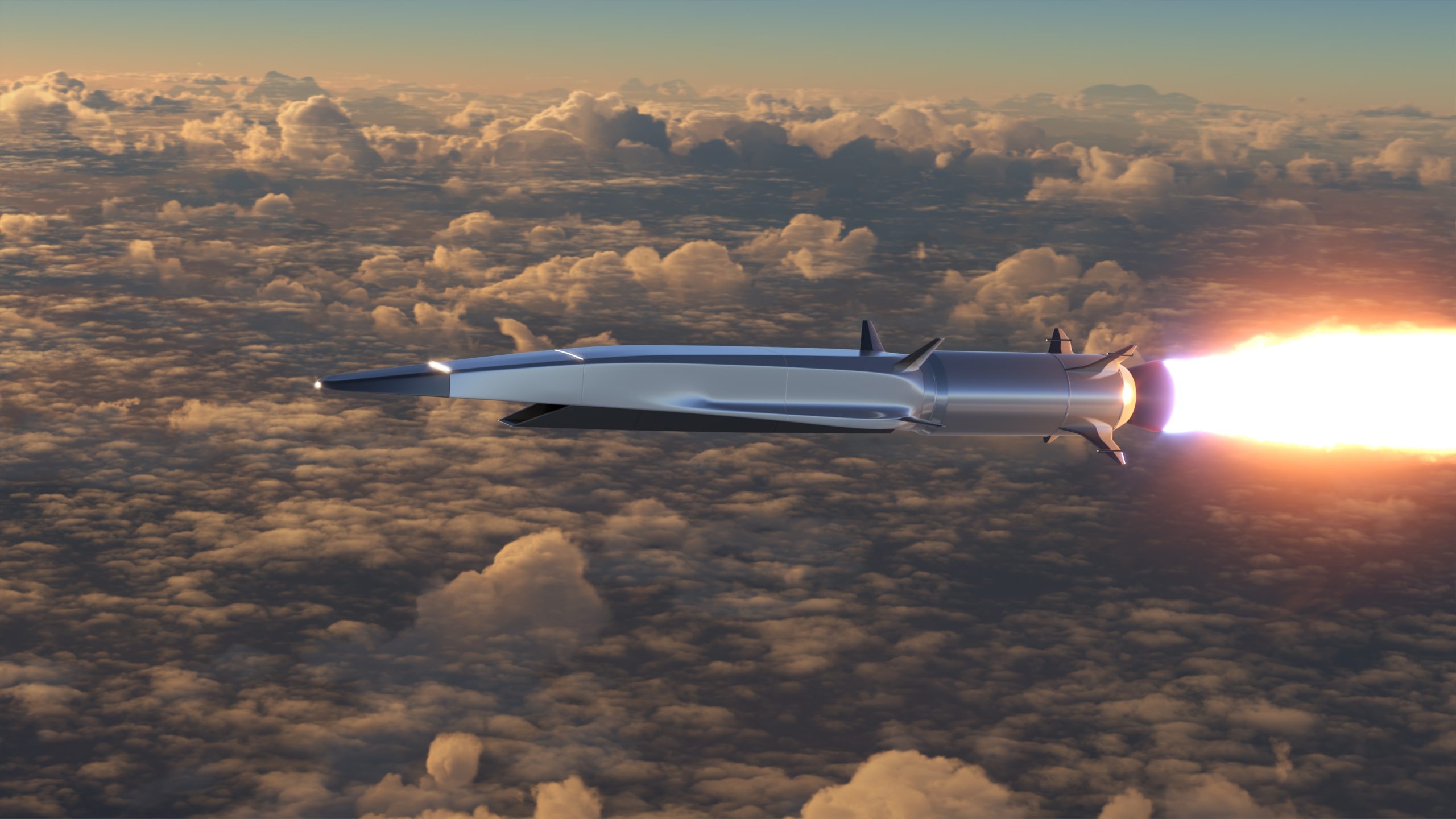Refractory Alloys and specifically, Niobium alloys, are becoming increasingly popular for aerospace applications due to their superior properties such as high strength, low weight, and excellent corrosion resistance. There is no doubt that refractory metals can be difficult to process and fabricate, as they have high melting points and tend to be brittle. Because of this, they can be difficult to form or shape into the desired components, which can limit their use in some applications. However, the aerospace and defense industries require the use of refractory metals for a number of reasons:
- High-Temperature Applications: Refractory metals, such as niobium and tungsten, have high melting points, making them ideal for high-temperature applications. These metals are used in components that are exposed to high temperatures, such as combustion chambers, nozzles, and re-entry vehicles, where they need to maintain their strength and integrity.
- Strength and Density: Refractory metals have high strength-to-weight ratios, making them ideal for aerospace and defense applications where weight reduction is critical. They are also used in components where high density is needed, such as in counterweights or radiation shielding.
- Corrosion Resistance: Refractory metals, such as molybdenum, have excellent corrosion resistance, making them ideal for use in corrosive environments. This is particularly important in aerospace and defense applications, where components are exposed to harsh conditions, such as high altitude, high humidity, and high temperatures.
- Wear Resistance: Refractory metals, such as tungsten, have excellent wear resistance, making them ideal for applications where high wear and abrasion resistance are required. This is important in aerospace and defense applications, where components are exposed to high-stress environments and need to maintain their performance over time.
Dr. Youping Gao, ADDMAN’s chief scientist and founder of Castheon has developed new ways to process and fabricate refractory metals for use in hypersonic applications and for the military and defense industry. Dr. Gao and his team have been using LPBF technology, to create complex refractory metal components that were previously difficult or impossible to make using traditional manufacturing methods.
One of the advantages of using 3D printing to fabricate refractory metal components is that it allows for precise control over the material properties and microstructure. This is particularly important for refractory metals, which can be sensitive to changes in temperature and pressure during processing. With 3D printing, Dr. Gao and his team can precisely control the deposition rate, temperature, and other processing parameters to create components with the desired microstructure and properties and in most cases material properties that are better than wrought.
Another advantage of using 3D printing for refractory metals is that it allows for the creation of complex geometries and designs that were previously impossible to manufacture. This is important for hypersonic applications, where components need to be designed to withstand extreme conditions and forces. Dr. Gao and his team have used 3D printing to create components such as nozzle inserts, heat exchangers, and other parts that are critical for hypersonic flight.
We believe these metals will have a significant role in the future of our hypersonic missiles and defense systems and offer advantages in terms of cost and performance. By developing new ways to process and fabricate these materials, Dr. Gao and his team are helping to pave the way for the next generation of hypersonic missiles and defense systems.

